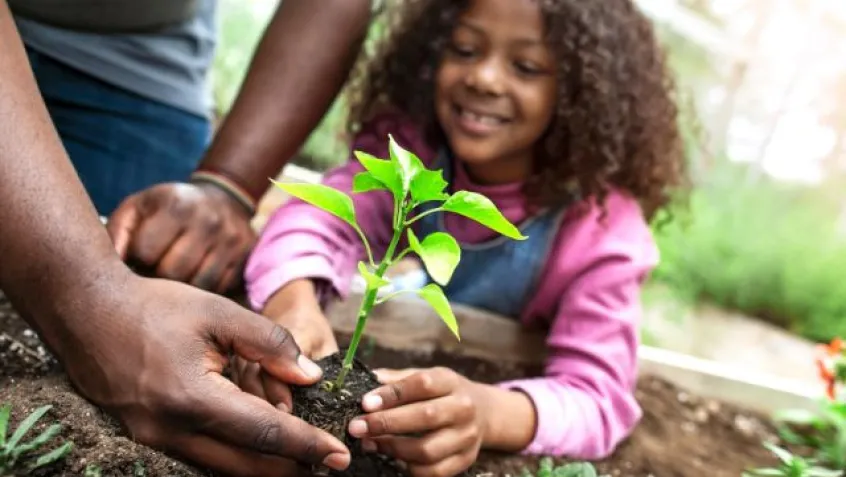
Did you know that injury and violence are the leading causes of death for Americans ages 1-44? In 2021, more young people died from these causes than cancer, HIV, or the flu. Injuries resulted in about 40 million emergency department visits that year.
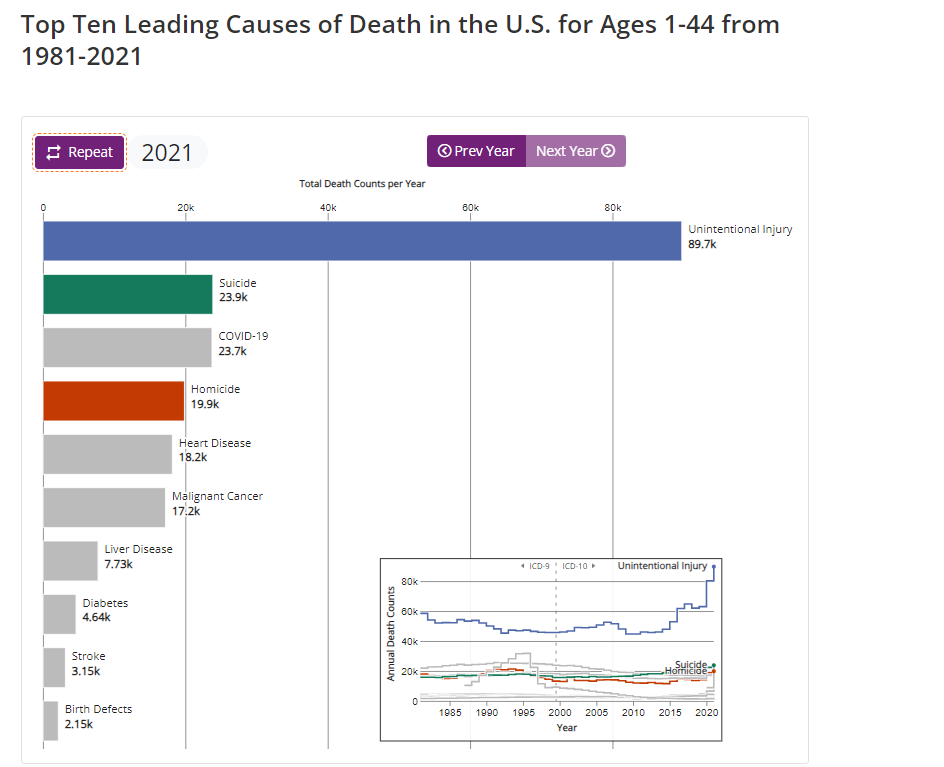
Violence in communities may be experienced through bullying, fights, shootings, and other acts of aggression, leading to a host of mental, physical, and social health problems for community members. Violence disproportionately affects children ages 10-16, with more than one-third being victims of direct violence, while many others experience indirect violence in their communities as well.
Understanding the Risk Factors for Community Violence
Living in a community afflicted by violence is associated with relationship troubles and poor mental and physical health due to a lack of access to safe spaces for outdoor activities.
Witnessing neighborhood or community violence is associated with anxiety, depression, and even post-traumatic stress disorder. In addition to inciting fear and anxiety among community members, violence in communities can diminish safe spaces for outdoor recreation, which limits community members' access to safe opportunities for outdoor physical activity. These barriers to participating in physical activity may increase the risk of obesity and other diseases associated with sedentary behavior.
Green Space Reduces Community Violence
What can be done to reduce violence in communities? One recent trend to combat community-wide violence is the creation of urban green spaces.
“Green space” includes parks, trails, and community areas that connect residents with nature. Maintaining existing green spaces and greening vacant lots can transform the physical environment from one that promotes crime and fear to one that may reduce crime and improve perceptions of safety.
Not only can greening vacant lots reduce violent crime, anxieties, and fears, it can also create a space for communities to get together and feel safe while outdoors. The increased safety associated with greening vacant lots can also create spaces for outdoor activities, which could reduce the risk of heart disease and other noncommunicable diseases.
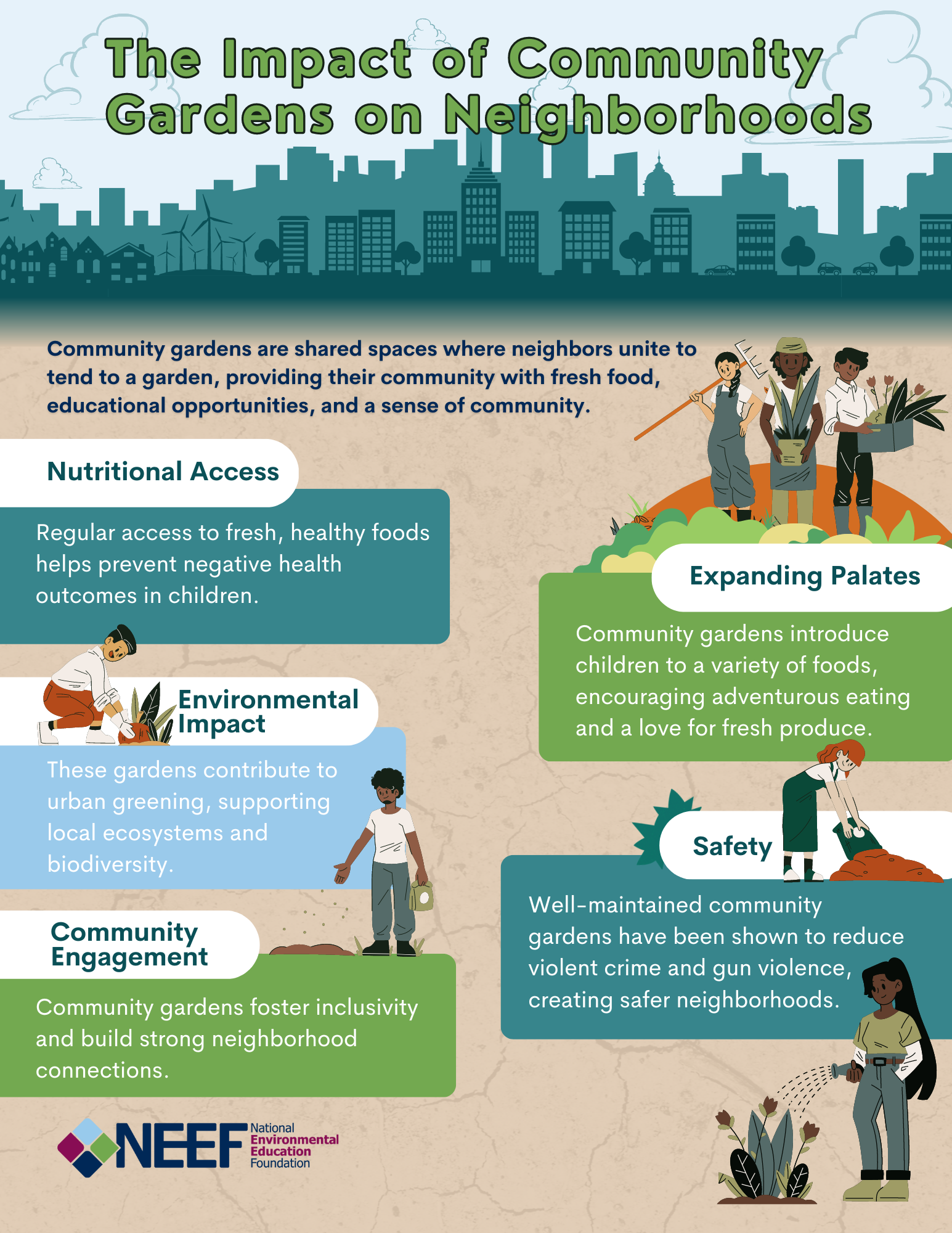
Studies have shown the physical and mental health benefits of green space and spending time in nature, such as:
- Increasing physical activity, which can reduce chronic disease
- Reducing stress levels
- Improving positive social connectivity
Common examples of adding green space in a neighborhood include developing a deserted parking lot into a space filled with plants and vegetation or creating a community garden.
The Pennsylvania Horticultural Society's LandCare Program illustrates how this tactic can be replicated across a city. The initiative maintains approximately 13,000 cleared plots of land—about one third of the vacant land throughout Philadelphia—and transforms vacant lots into a community resource that reduces crime, improves well-being, and creates opportunities for growth and employment for many residents.
Research Shows Connection Between Nature and Safe Communities
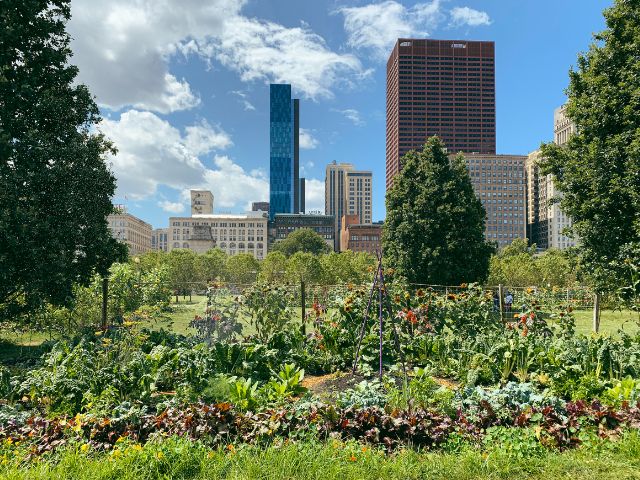
Recent studies have explored the health benefits of nature and how green space supports environmental justice while reducing community violence.
Research published in 2022 analyzed data from the 301 largest cities in the United States to investigate the relationship between different types of crime and urban green space. The study found that greater amounts of green space were associated with lower incidences of property theft and fewer violent crimes.
Similarly, a 2021 study by Michigan State University found that the greener a city is, the fewer homicides were recorded over a 30-year period. Data from 290 American cities between 1986 and 2015 was analyzed as part of the study.
Research by the University of Virginia in 2020 found that appropriately designed and maintained green space has the potential to reduce violent crime and gun violence, while making communities safer and keeping residents healthier. However, existing green space that is neglected can help crime take root.
In 2019, researchers studying a community engagement program in Flint, Michigan, found that neighborhood improvement efforts that get local residents involved can be an effective violence prevention strategy. Community-engaged greening of vacant lots was associated with nearly a 40% reduction in assaults and total violent crime. A similar study focused on Youngstown, Ohio, was published in October 2022 that supported the earlier findings.
A 2018 study showed that greening interventions such as mowing or fencing vacant lots significantly reduced violent crime in Philadelphia by as much as 30%, reduced people's fear of going outside due to safety concerns by 58%, and increased people's use of outside space by 76%.
How to Green Your Community
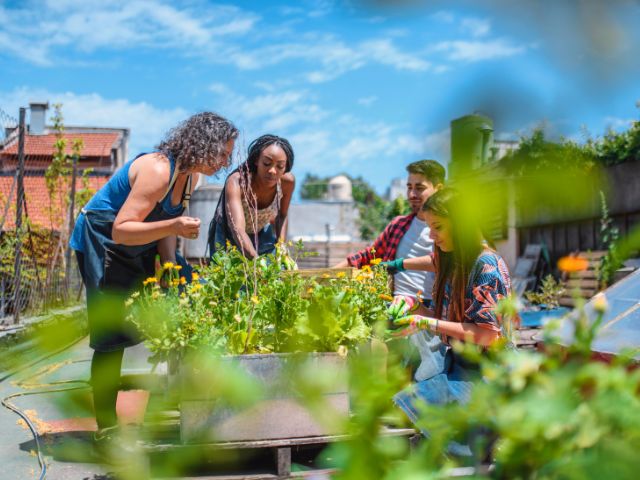
Unfortunately, the communities with the greatest need for green space often have the least of it. But that is changing—and you can help. Learn about ways that your community can enjoy the benefits of the outdoors, including reducing violence, using the below resources.
- Greening America’s Communities: The US Environmental Protection Agency shares examples from 37 communities of environmentally-friendly ways to revitalize neighborhoods, spur economic development, and improve public health.
- Youth Violence Prevention Resource for Action: This toolkit from the US Centers for Disease Control and Prevention provides a variety of evidence-based strategies to prevent youth violence, including improving outdoor spaces in the community to strengthen relationships.
- Start a Community Garden: Learn how community gardens grow healthy food and community connections in this NEEF article, which includes additional resources from organizations including the American Community Garden Association to help you start a garden of your own.


